Satellite Messengers for RVers
You’re traveling a remote section of the Alaskan Highway and have taken a small side road to access a trailhead to go on a hike. On returning to your RV, it won’t start and after trying everything you can think of you, pull out your cell phone to call for help, but there’s no service. What do you do now?
I am sure that just about every RVer today is carrying a cellphone with them so they can keep in touch with friends and family, and the other obvious reason we all carry them is so we can call for help in the event of an emergency or breakdown. However, have you really thought of what you might do when you are not in a area with cell coverage particularly if you traveling in very remote parts of the country or boondocking in wilderness locations?
Satellite messengers can provide an extra level of safety and peace of mind while on the road.
This is where satellite messengers come in. These relatively inexpensive devices use a global satellite network so as long as you can get a clear view of the sky, they will work anywhere on the planet. Satellite messengers can provide an extra level of safety and peace of mind while on the road.
Satellite messengers come in a couple of variations, ones that will transmit a message one-way (essentially allowing you to send messages only) and others than can provide two-way communication. All satellite communicators are subscription based. Once purchased, they must be activated and require a service plan of some kind which can be paid yearly or monthly. Let’s look at the various types.
Transmit Only Devices:
SPOT Gen3
The SPOT Gen3 is an example of a satellite communicator that will only send messages. It is a simple, very compact, and affordable unit allowing you to check in with friends or family, send custom messages and let others track your location in real-time via Google Maps, or in an emergency, transmit an SOS with your location to an Emergency Response Coordination Center. Here is a list of the features the Spot offers.
- SOS / 911: This button is used in the event of a life threatening or critical emergency to notify emergency services that you need assistance and also gives them your exact GPS location. The Emergency Response Center will alert the appropriate emergency service worldwide.
- Help: If the emergency is not life threatening, this button is used to notify your personal contacts that you need assistance and give them your location. You can also purchase additional SPOT Assist* services which can be programmed to the Help button. In this case, when activated with SPOT Assist, the Help button will notify the appropriate professional land based or water based towing services.
- *SPOT Assist: Additional paid service is required for this feature. Also, 0nce you have added SPOT assist you can no longer use the Help button to contact friends or family.
- Check-in/OK: This button allows you to send your friends and family (up to 10 contacts) a pre-programmed email with a link to Google Maps or text an SMS message with your GPS coordinates, to let them know that all is OK. Your waypoint is also stored on your SPOT account for later reference.
- Custom Message: This button allows you to send a custom message, by text or email, which you create on your computer before you leave. It will be sent to your contacts with your GPS location, and with an email, a link to Google Maps. This function can be used as a secondary OK message or you can transfer your personal help alert to this message function if you are using a SPOT Assist service on your Help button.
- Tracking: Allows your contacts to follow your progress online in near real-time and save way points so you can review your entire route at a later date. This function is available as an upgrade to your basic service package.
What I like about the SPOT Gen 3.
The Gen 3 is very small, light, easy to carry and very affordable and the subscription rates are very reasonable. For a subscription rates, click this link: Spot Subscription Rates. That makes it is easy to have this device up and running and available to use all year long so you can take it hiking, biking, paddling or whatever you do. It is also fully waterproof, which is something I really insist on in an electronic device I am using outdoors. Another thing I like about the Gen 3 is that it is powered by 4 AAA batteries, so you don’t have to worry about running out of juice and having to recharge the device on a long trip…just carry extra batteries. When I first started using a SPOT on my expedition kayak trips many years ago, my wife loved it. Everyday she would get updates as to where we were and an OK message letting her know all was well. It was also really cool to see all of our check in messages posted on Google Maps.
One minor disadvantages is that it doesn’t float, so make sure you have it tethered if you are on the water. The original SPOT did float, but the sacrifice was a much bigger size. The other disadvantage is the relatively low powered transmitter in the SPOT Gen3, only 0.4 watts. My experience with earlier versions of the SPOT are that not every signal makes it out even in clear sky conditions, and I have heard the success rate at getting signals out runs around 70%. The other minor disadvantage of a 1-way transmitter, like the SPOT, is for those waiting at home if they don’t get an message for some reason, and with the SPOT, there is no way to know for sure whether your message got out. People can start to worry when they are expecting updates and they don’t get them.
2 Way Communication Devices
Other satellite communicators such as the inReach SE+, or the inReach Explorer+ offer two-way satellite communication via SMS texting or email. InReach provides truly global coverage anywhere in the world, with the very reliable coverage of the Iridium satellite network.
Garmin inReach SE+
For a full review of the inReach SE click this link.
- SOS: By pushing the SOS button (which has a lock function to
prevent accidental activation), the inReach sends an emergency signal to the rescue monitoring center. However, since you also can text with the inReach you can also interact with the rescue center.
- Texting: You can send messages (up to 160 characters) using the directional pad and the view screen right on the inReach, enabling you to use it as a stand alone device. However, you can also pair the inReach with an iPhone, iPad or Android device and use the much more convenient keypad on those devices to type your messages. You can send a text message to a phone or you can send the message to an email address.
- Preset Messages: Using the “X” button or accessing them from the screen, there is set of pre-programmed messages you can send, especially useful if you are using the inReach as a stand alone device and don’t want the delay of trying to write a message with the direction arrows and virtual keyboard, which can be a little tedious.
- Tracking: Accessible from the screen, you can preset the frequency of the tracks you wish to send out from 10 minutes to 4 hours.
What I like about the inReach:
I think the biggest advantage of the inReach is the 2-way communication. I really like the idea that if you are in a life threatening emergency you can be in contact with the rescuers so you know they are on the way and you can keep them apprised of your situation and exactly where you are. I also like that you will generally always know if your message was received. I found being able to use the inReach to stay in touch with friends and family while RVing for 3 months in the Yukon and Alaska was awesome. We could send messages letting them know how we were doing, they could see on a map where we were, and we could receive messages from them too. It definitely gave us and the family some peace of mind.
This device is fully waterproof but should be tethered if you are on the water. You can buy an optional neoprene protective case which provides flotation and has a carabiner and a belt clip for attachment.
The ability to link the inReach to you smart phone or tablet is an awesome feature, making texting messages far far easier. You can also transform your smartphone or tablet into a global satellite communication and navigation tool with the inReach free Earthmate app:
- Worry-free navigation and journey tracking.
- Unlimited access to downloadable topographic maps and NOAA charts on your paired mobile device.
- Automatically syncs with your mobile device’s address book for easy texting.
- Pairs via Bluetooth
The disadvantages while, very minor is the rechargeble battery. It lasts a long time, and has about 100 hours of battery life while in the 10 minute tracking mode. So if you are only using it for communication sporadically, you really don’t have to worry too much about battery life. When kayaking on longer trips, I carry the JOOS Orange Solar Recharger, so I can recharge both the inReach and my iPhone.
The other disadvantage is trying to text as a stand alone device using the direction arrows and virtual keyboard. It is a little slow and tedious although it does have a predictive keyboard. It is much much easier to connect to a smart phone if you are going to message.
Finally, you will pay a little more for subscription services for the advantage of 2-way communication. inReach allows you to change plans throughout the year without charge, so if you are going away and need more messaging or want free tracking for your trip, you can switch up to a better plan and then down again when you’re back. If you’re not going to be using your inReach, you can put your subscription on hold for a very small monthly rate. Click this link for a complete list of inReach subscription plans.
The inReach Explorer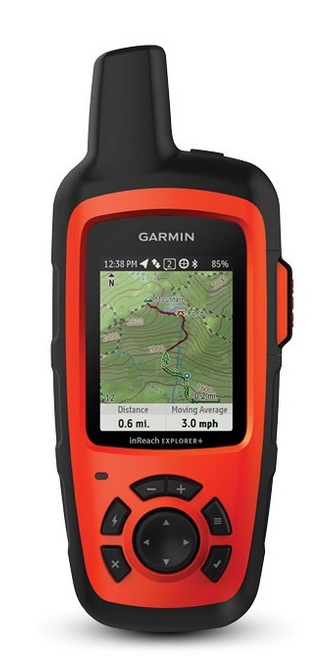 +
+
- The Explorer+ is basically the same device as the SE but adds the following functions:
You can create & view routes, set waypoints, see detailed GPS tracks, and navigate with the on-screen map view. - A built-in digital compass which provides heading and bearing information even when standing still.
- You can plan your routes and waypoints ahead of time using the Explore portal which you can also share your with family and friends.
Final thoughts on Satellite Communicators
All of these devices require a clear view of the sky. If you are down in narrow canyons or under heavy tree cover, you are not going to get a signal out. My experience with earlier versions of the SPOT are that not every signal makes it out even in clear sky conditions, and I have heard it runs around 70%. I have had much better success with my inReach, and as I have mentioned already, with 2-way communication you can know for sure whether your message was received. These types of tracker are quite low powered compared to the transmission power of Satellite Personal Locator Beacons (PLB’s), which transmit at around 5 watts compared to 1.5 watts for the inReach and .4 watts for the Spot, so there may be situations where they may fail to bail you out. The amount of wattage transmitted is always a trade off. The Spot could probably be designed with higher power, but that would mean shorter battery life and/or a much bulkier unit.
One other minor disadvantage of all satellite messengers is for those waiting at home if they don’t get an message for some reason. People can start to worry when they are expecting regular updates and then they don’t get them. If the device quits all together, do your loved ones panic and send out the rescue team? Tough question and something that should be discussed before you leave. However, all in all I think the advantages of satellite messengers far out way this minor concern.
Satellite Phones
Another option for a back country communications device is a satellite phone, and while the initial idea sounds great, the primary disadvantage of these devices are their higher initial cost and much higher subscription and usage rates. They are also bulkier, heavier, generally not full waterproof and don’t have the battery life of the messengers.
SPOT offers a fairly reasonably priced Sat phone called the Global Phone. Click here to see SPOT Global Phone Plans.
Whatever device you choose, you will be able to explore those remote roads and places with a little more confidence and peace of mind. Your friends and family at home will also rest easier knowing where you are and that you’re safe.
Safe Traveling!
Bruce Holland
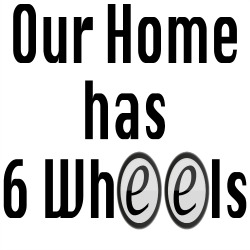
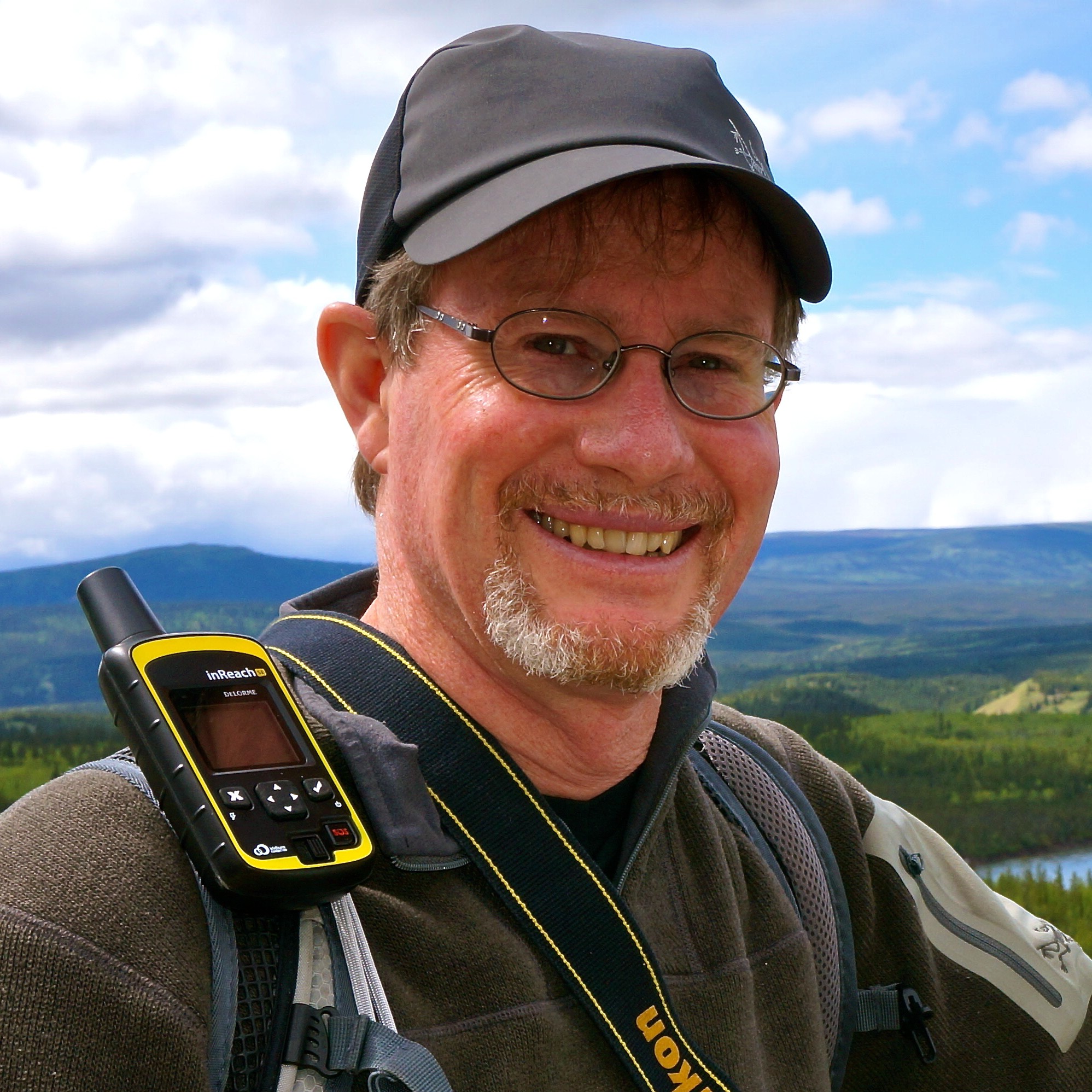
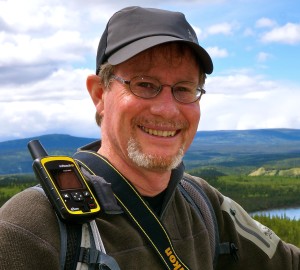
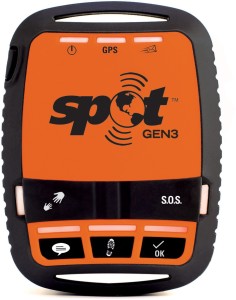
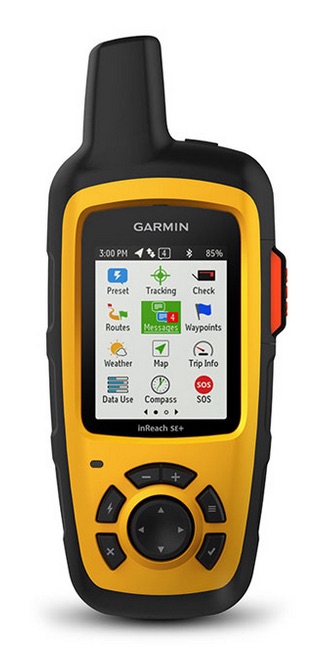
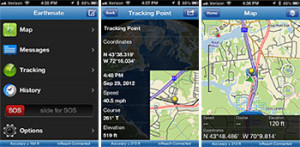
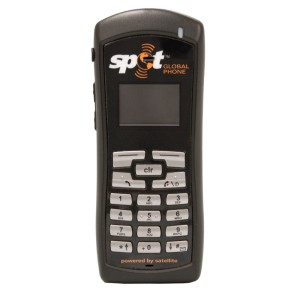

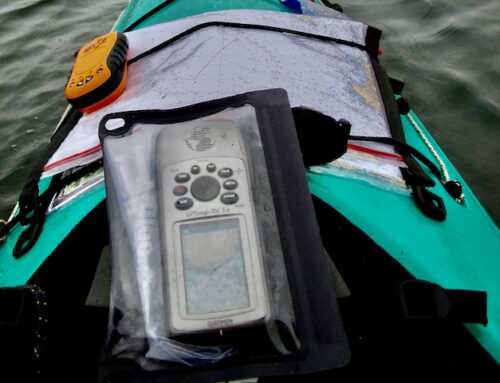
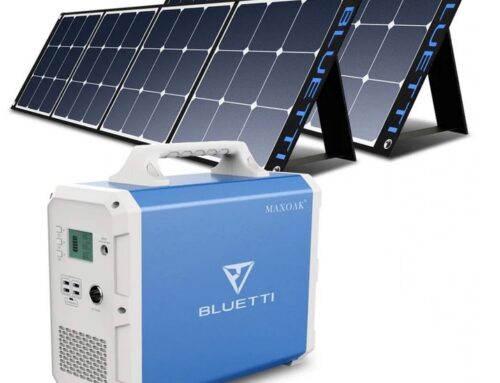
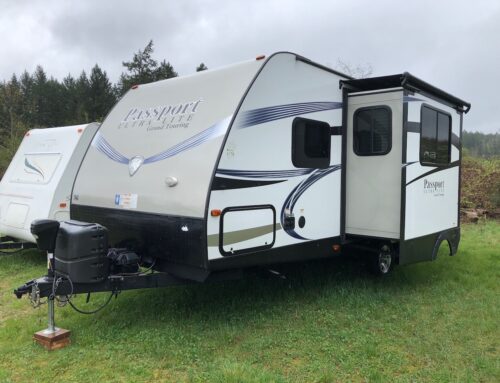
Leave A Comment